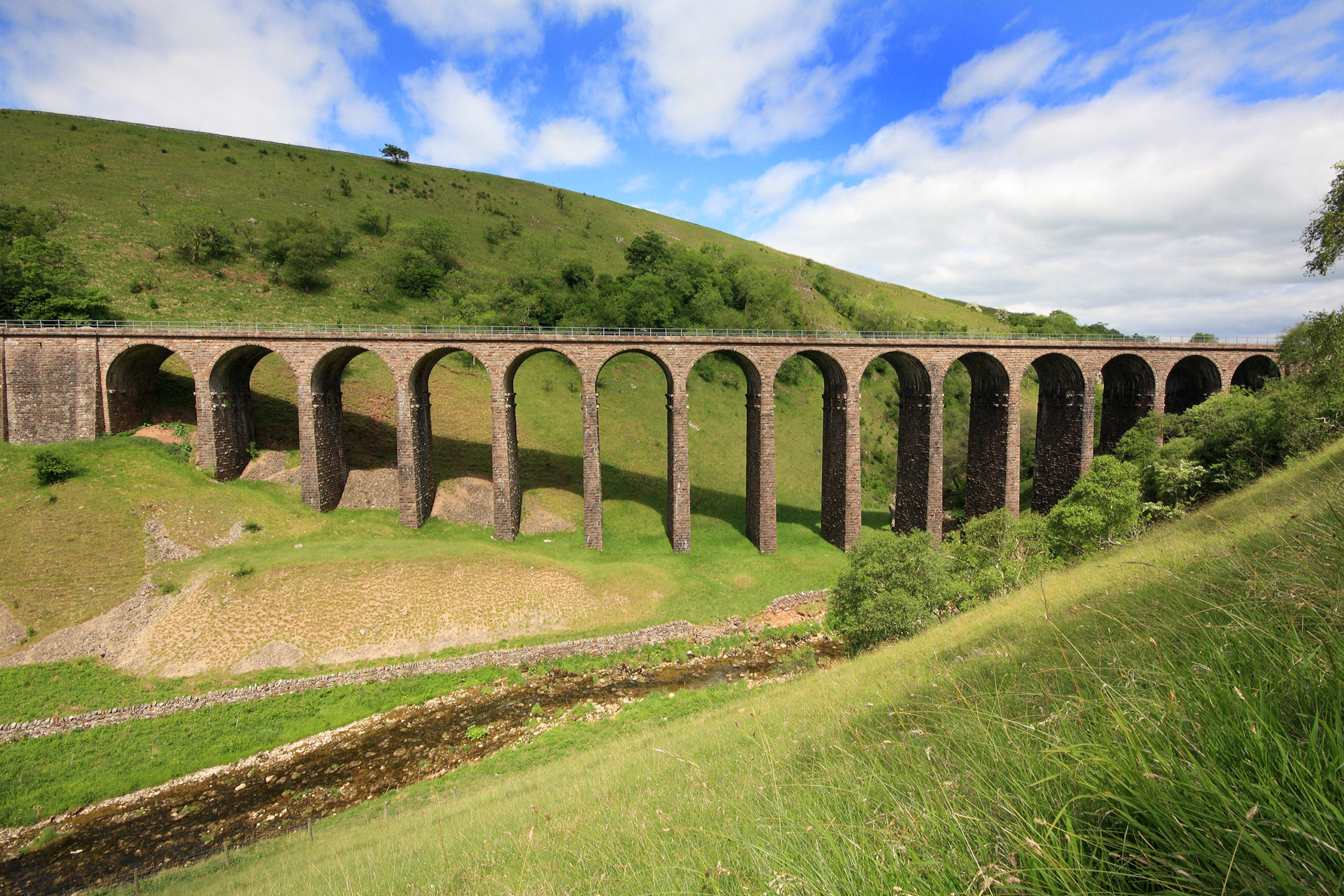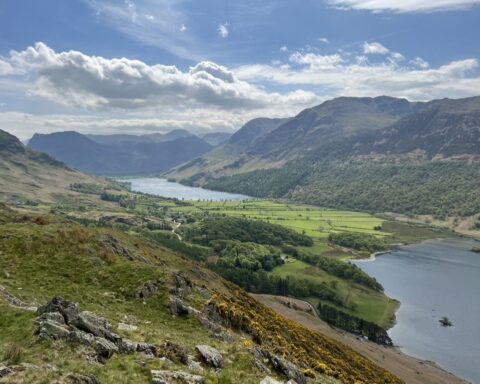Rare butterflies, unusual wildflowers, a diverse range of birds, fascinating geology, industrial archaeology and beautiful scenery are among the many attractions of Smardale Gill. Lying to the east of Kirkby Stephen, this National Nature Reserve can be easily accessed via the disused railway that runs through the middle of it. The old line, which includes a magnificent, 90ft-high viaduct, provides more than three miles of easy, level walking through the steep-sided limestone gorge and across open grassland. With its all-weather surface, the northernmost section of the trail is suitable for wheelchairs.
The combination of ancient woodland and limestone grassland at Smardale has given rise to a huge range of wildlife. Among the most important are the northern brown argus and the Scotch argus butterflies. Smardale is one of only two sites in England where the latter can be seen. The reserve is also home to some unusual plants including bird’s eye primrose, bloody crane’s-bill and several types of delicate orchid. In summer, redstarts and pied flycatchers can be spotted, while, come autumn, flocks of fieldfares and redwings fly in from colder climes to feast on berries.
The disused Tebay-to-Darlington railway, the bed of which runs through the gill, opened in 1861. Its primary purpose was to take coke from the coalfields of County Durham to the iron and steel furnaces of Barrow and west Cumbria. The well-preserved lime kilns beside the line would have supplied lime to the steelworks in both Darlington and Barrow. Without a doubt, the most impressive feature that survived the line’s closure is Smardale Gill Viaduct. Consisting of 14 arches, it towers 90ft over Scandal Beck and provides a marvellous view of both the valley and of the Howgill Fells in the distance. To fully appreciate the scale of this magnificent structure, take the trail heading south from the viaduct along the gill’s east bank.





